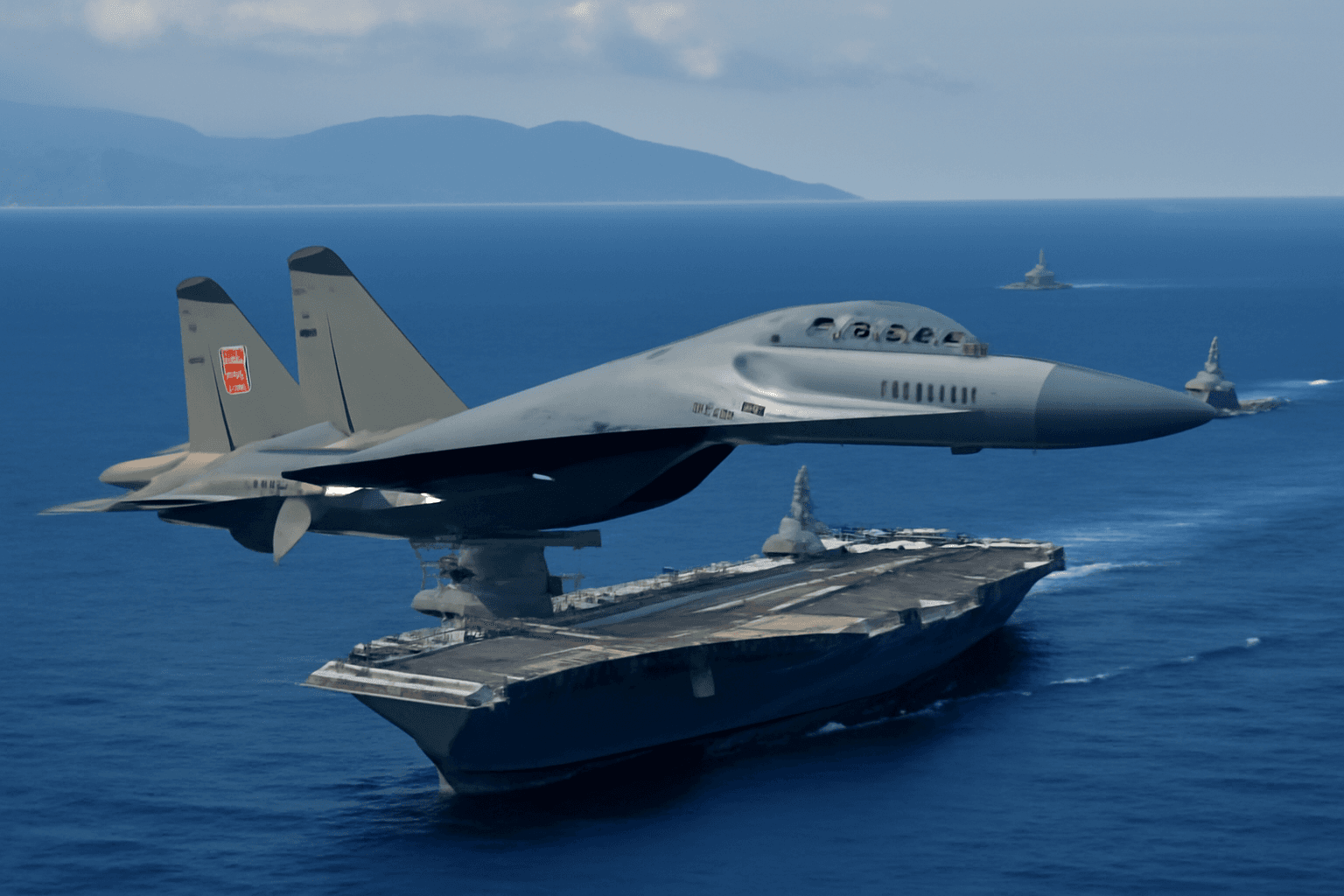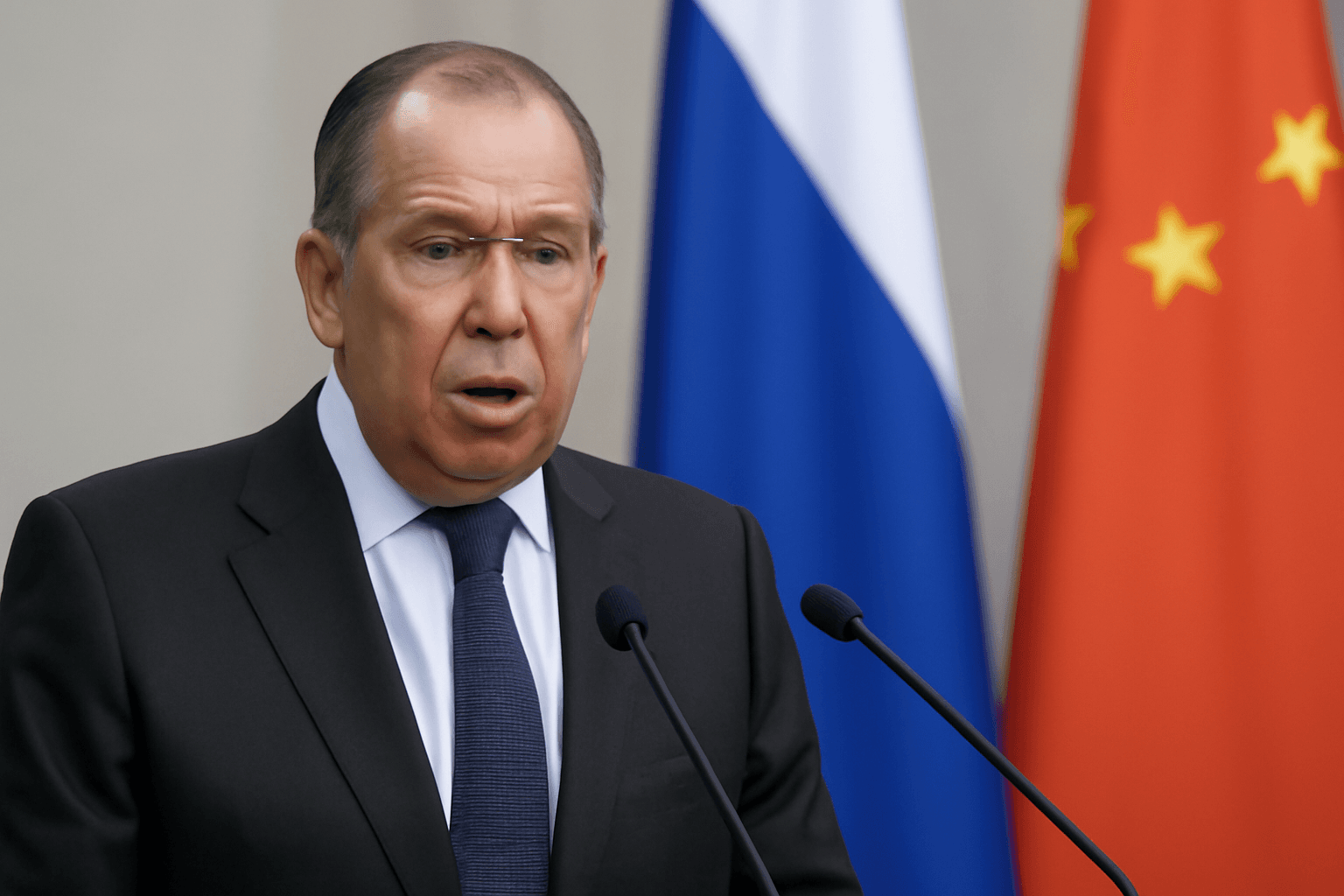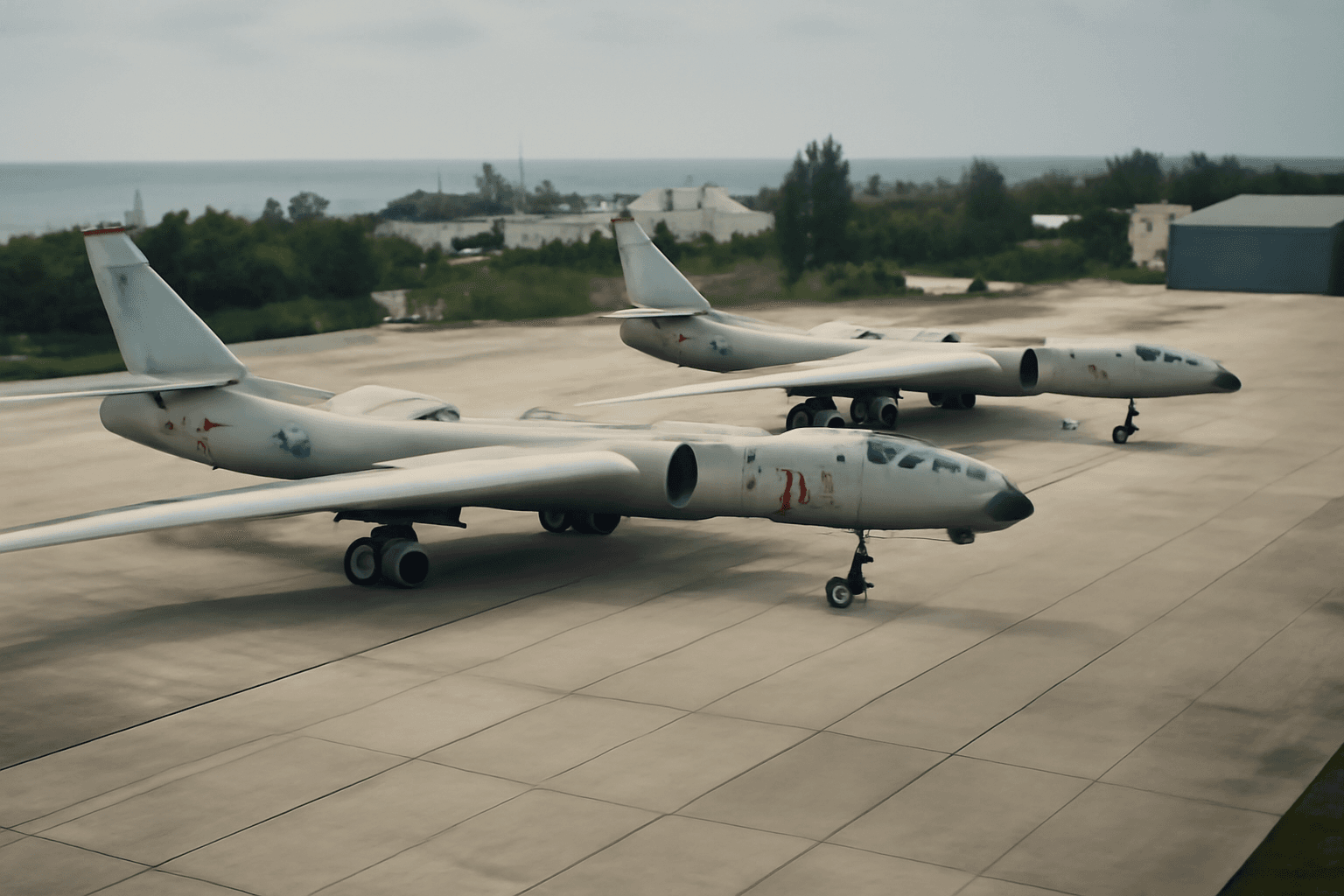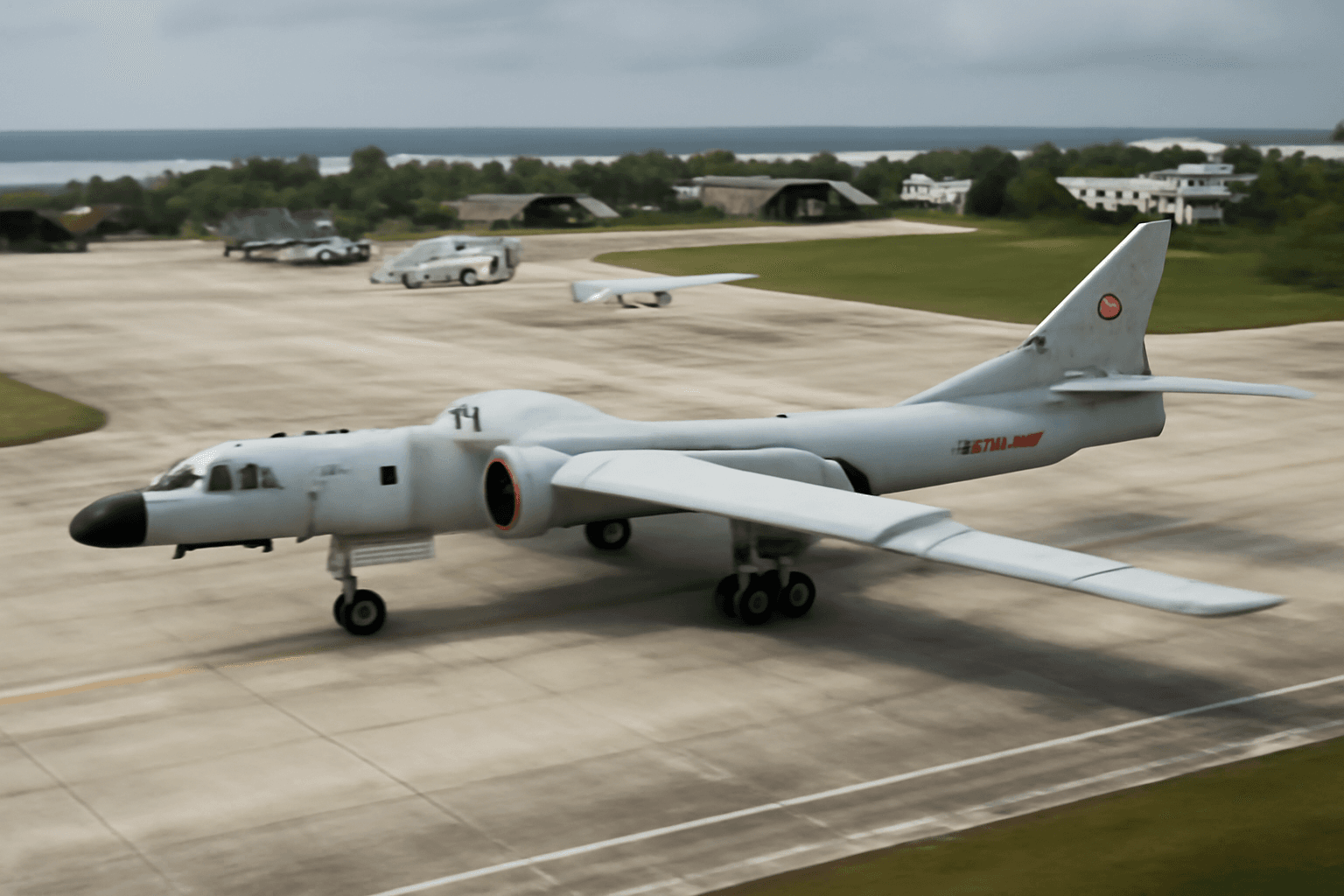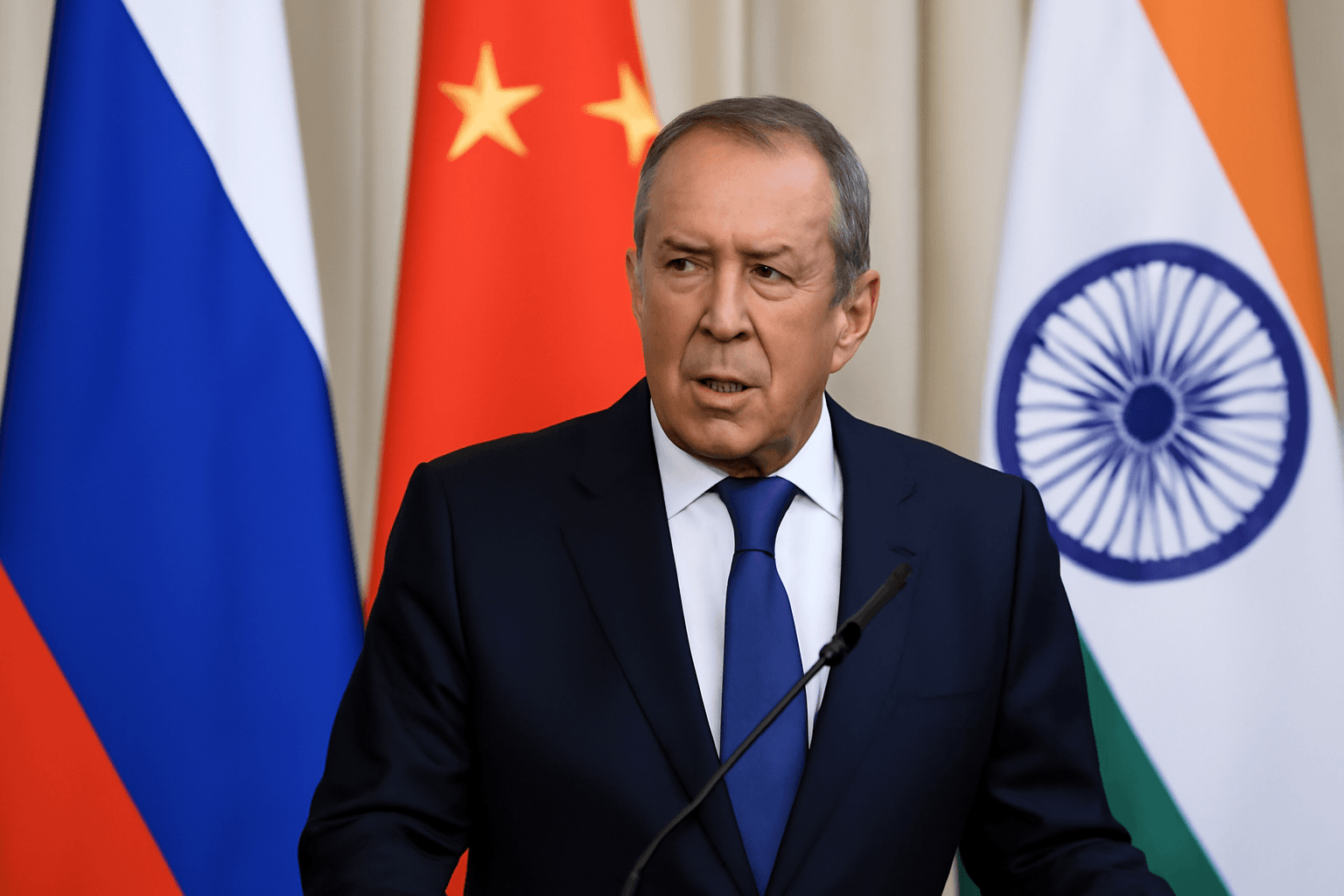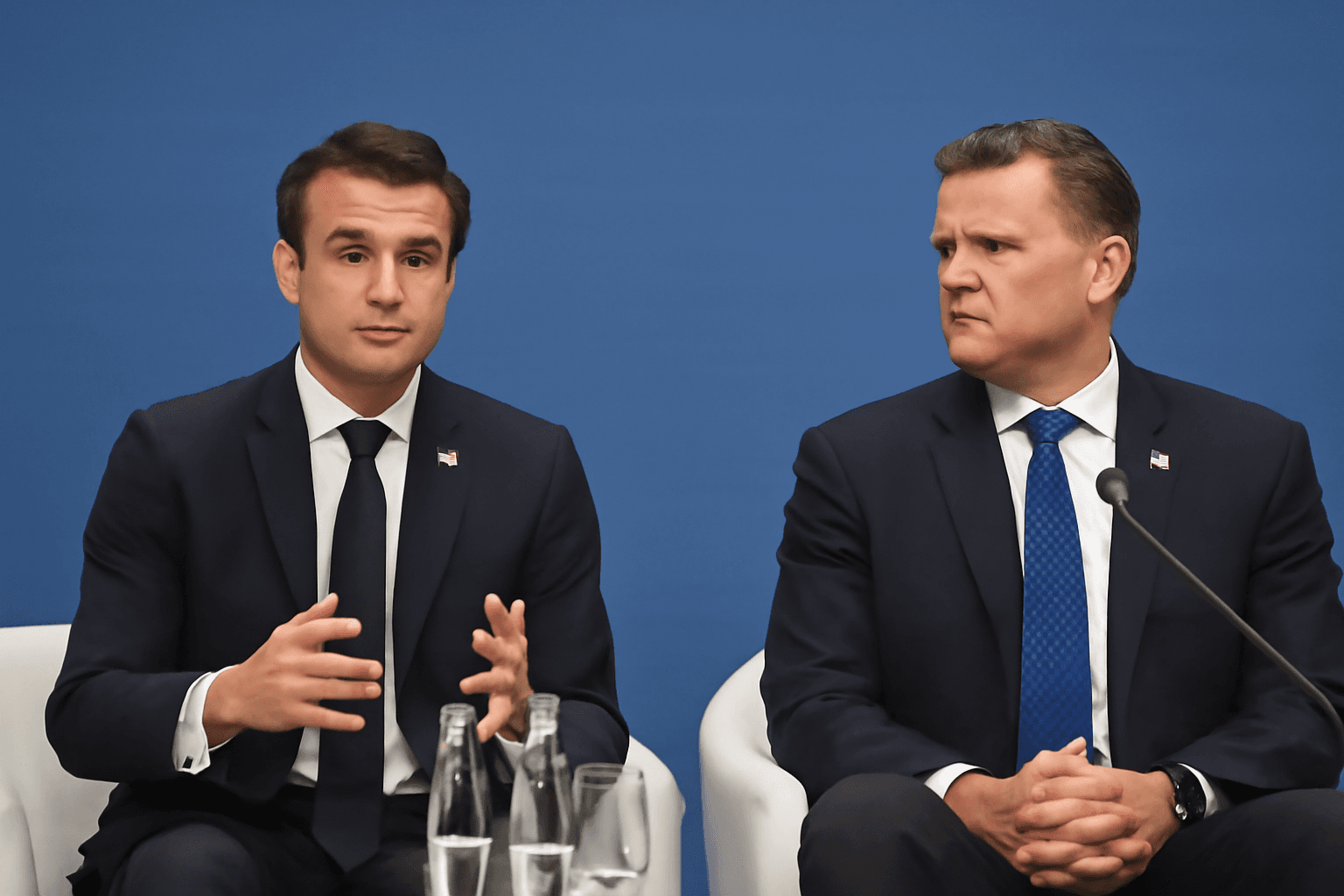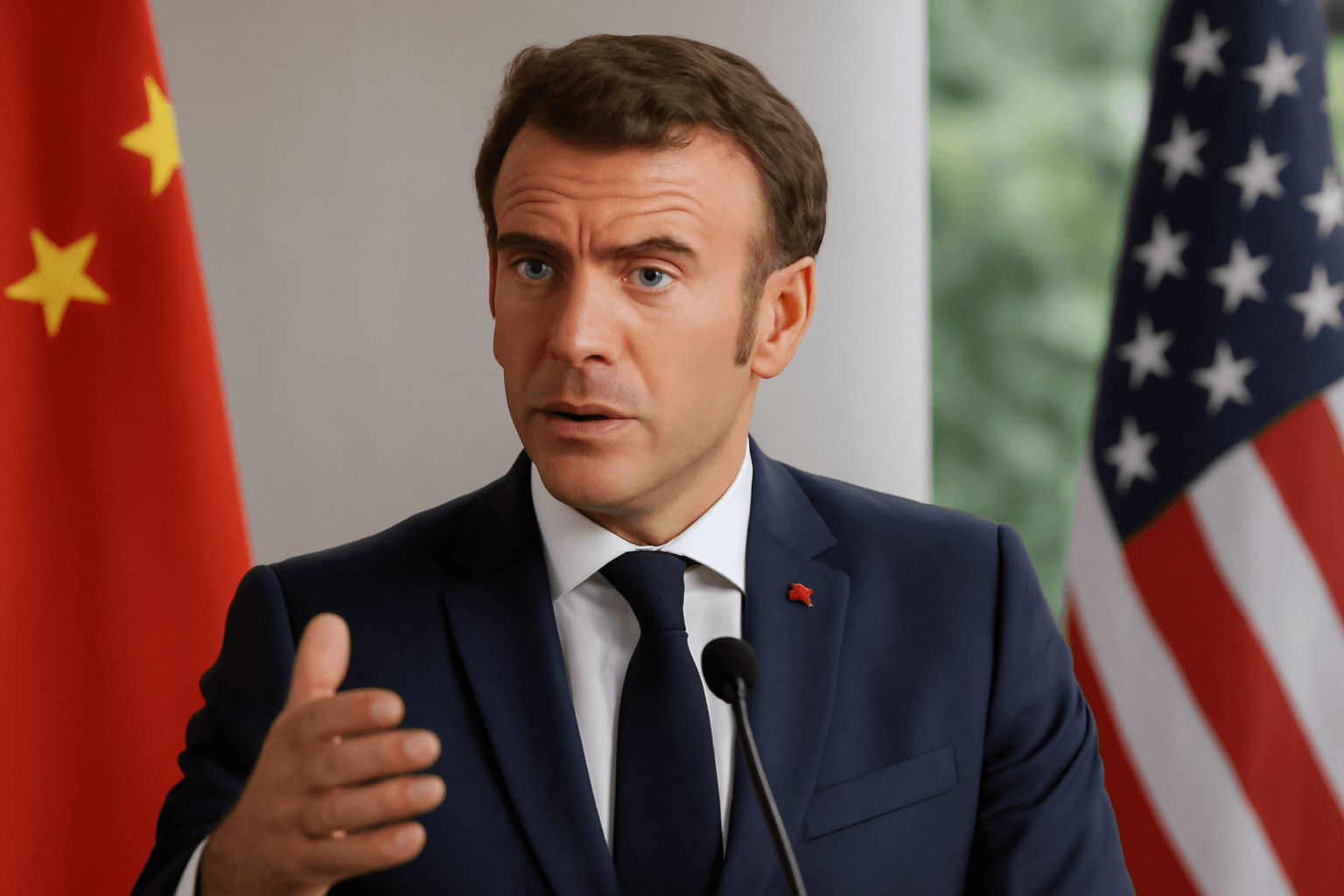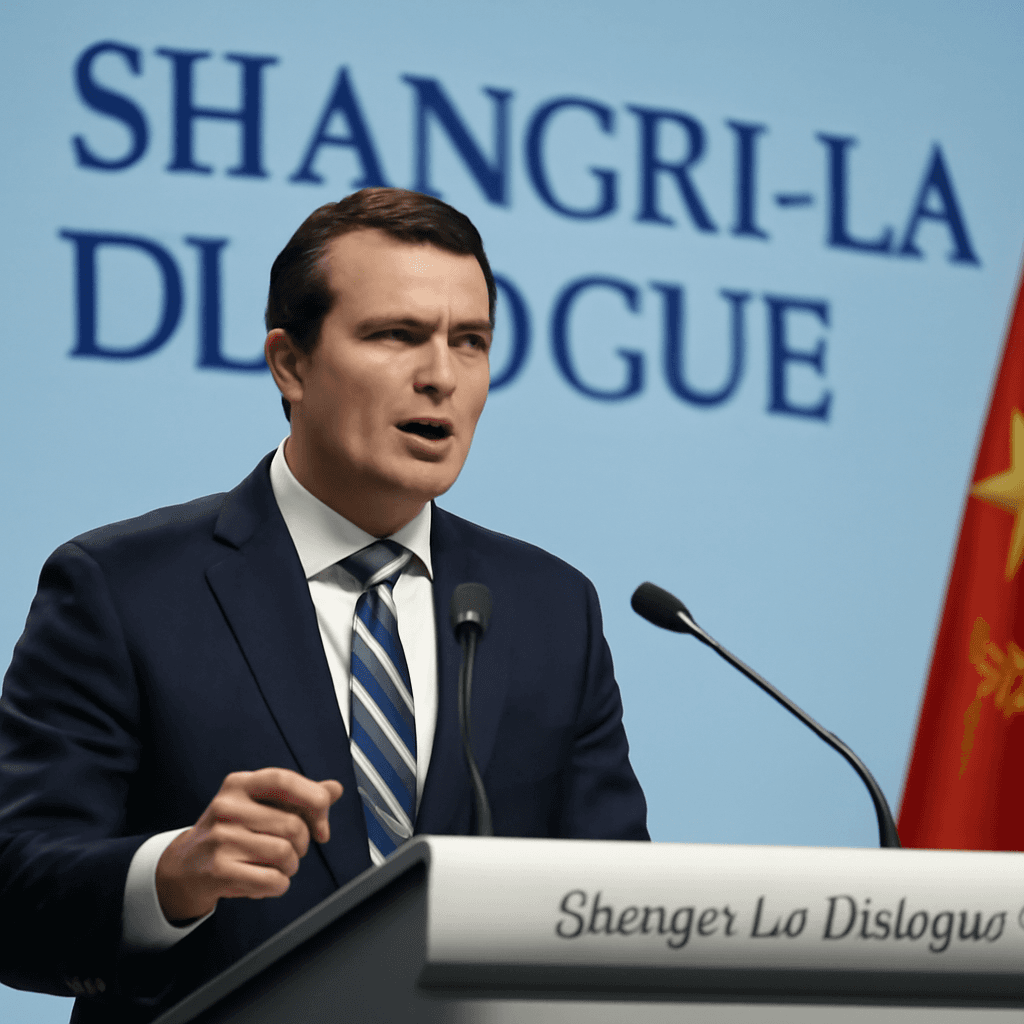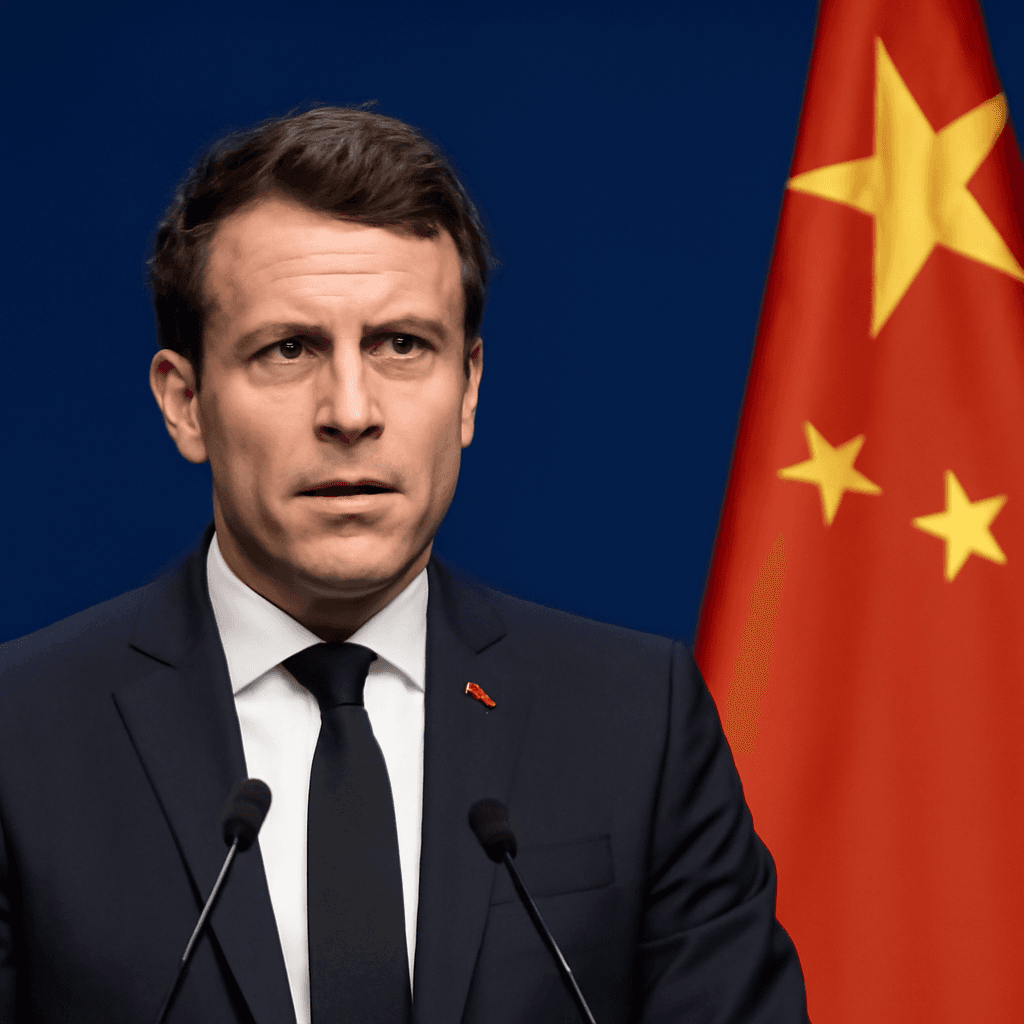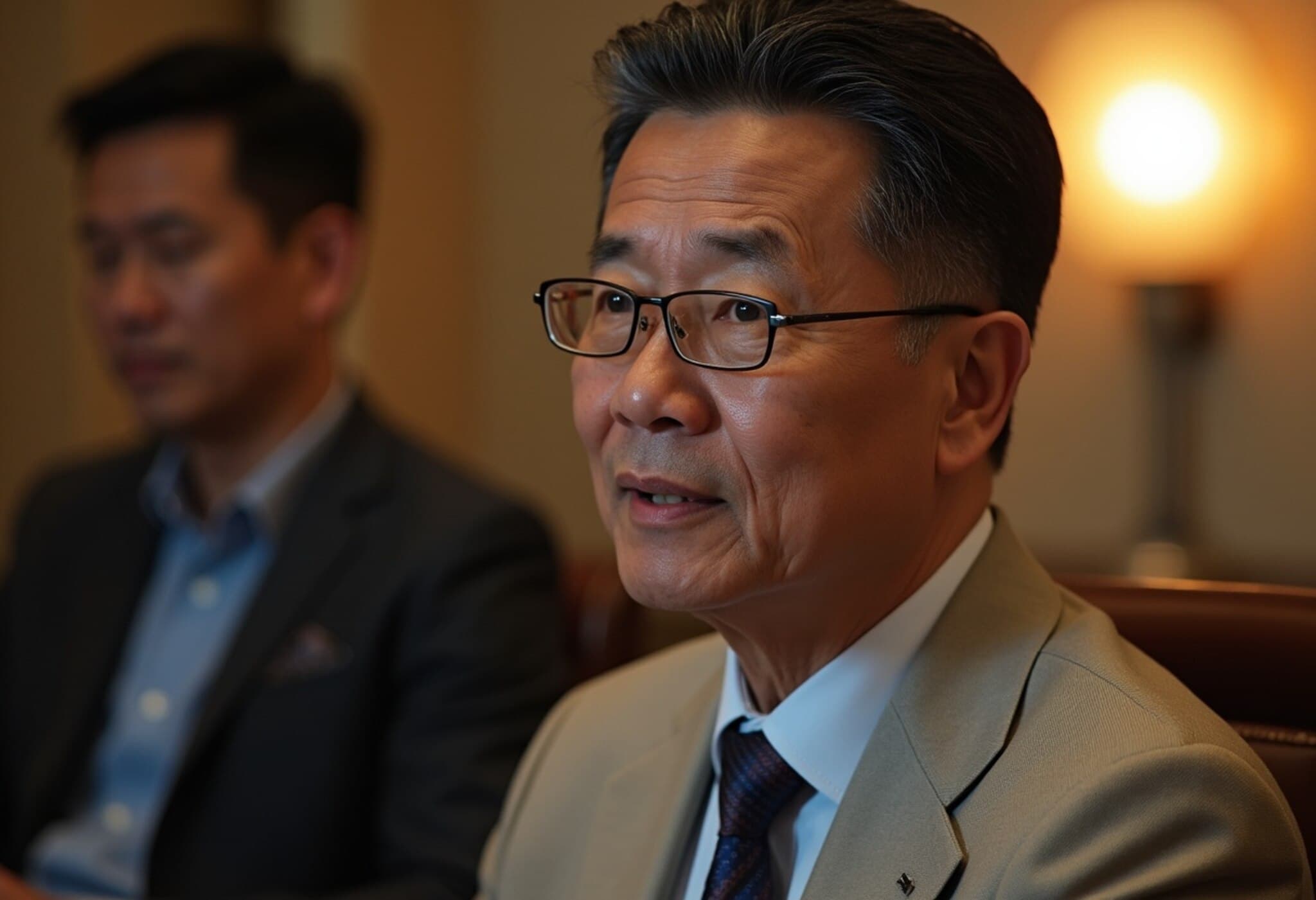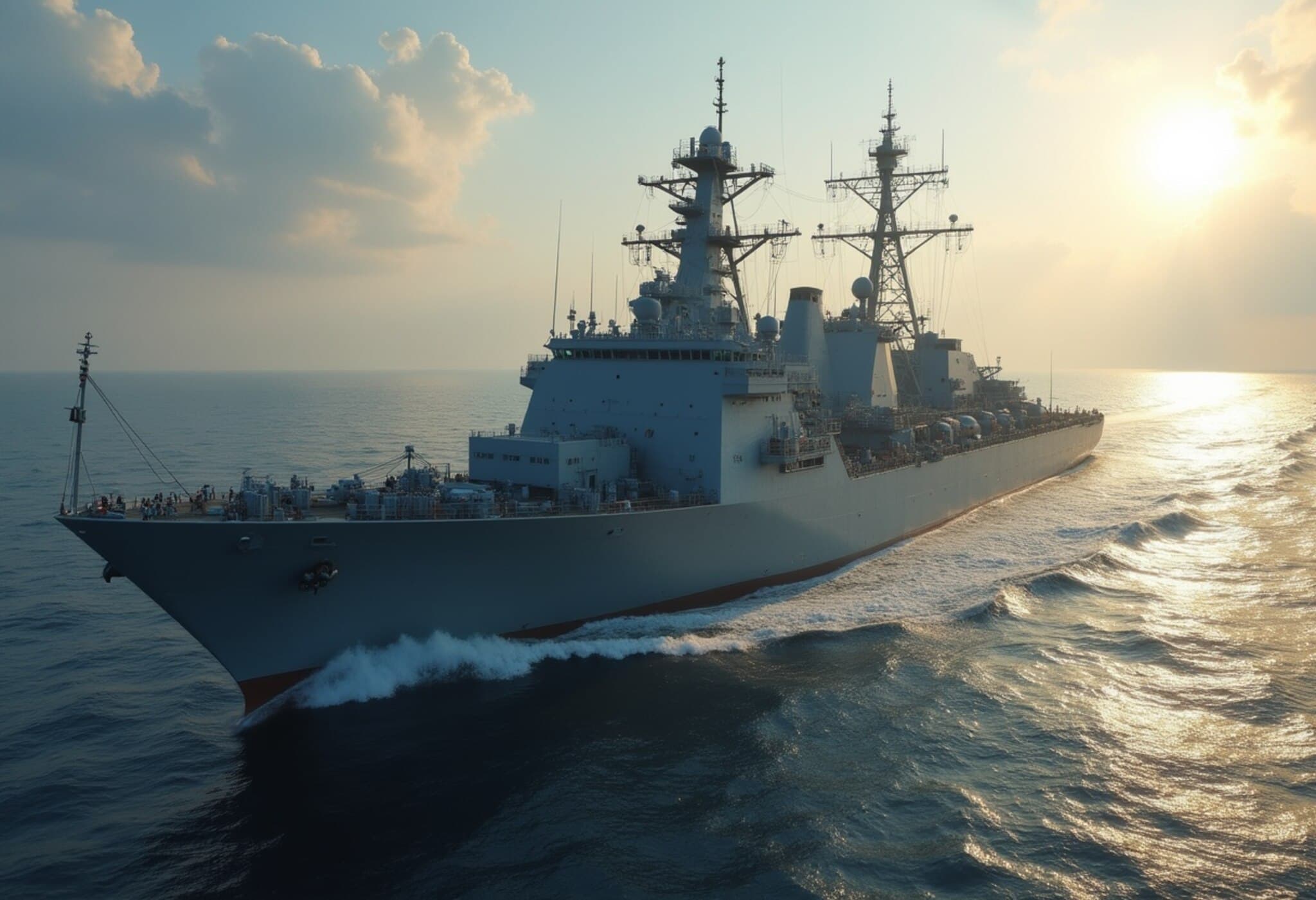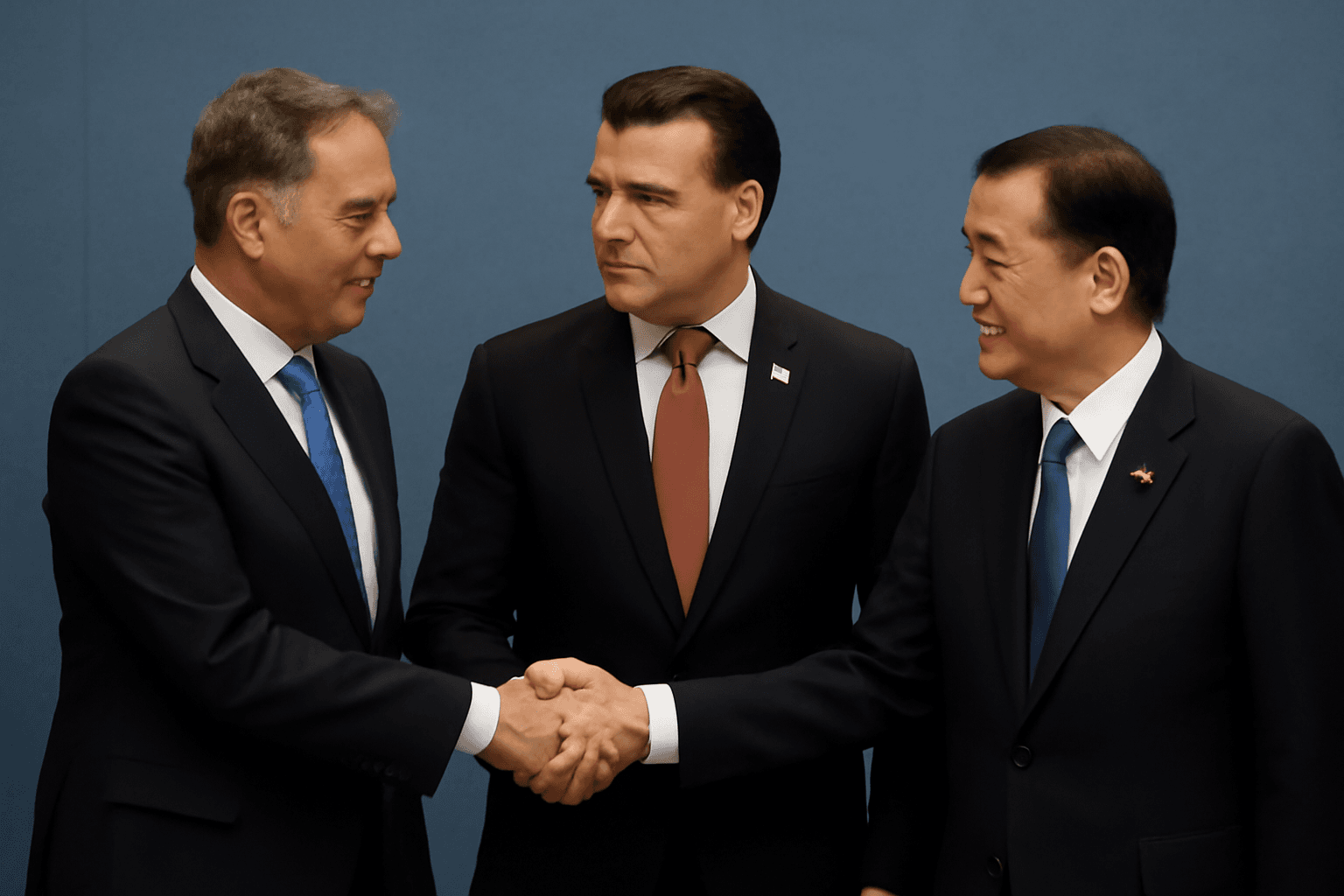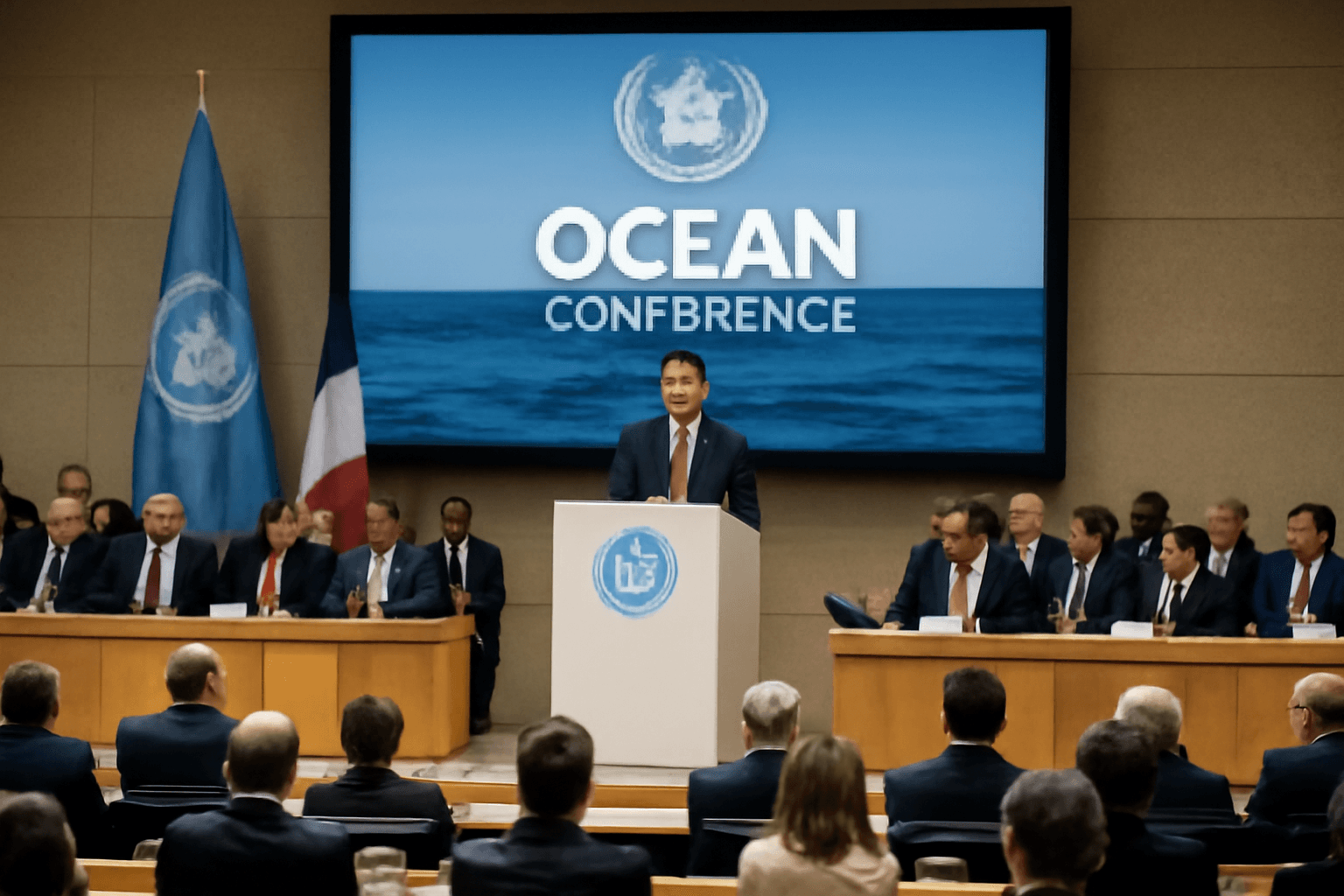China's military posture around Taiwan has intensified dramatically, signaling a shift from mere displays of strength to active preparation for potential conflict, raising concerns over regional stability.
Recent assessments by Taiwanese officials and U.S. defense experts highlight that the People's Liberation Army (PLA) has enhanced its capabilities to transition rapidly from peacetime to wartime operations. The PLA's air force and missile units—critical elements for a possible Taiwan invasion—are now able to operate with minimal notice.
Chinese military aircraft routinely enter Taiwan's Air Defence Identification Zone (ADIZ) more than 245 times monthly, a steep increase from fewer than 10 incursions just five years ago. On May 27, 2025 alone, 61 Chinese planes, including advanced J-16 and KJ-500 aircraft, operated near Taiwan’s ADIZ, breaching the Taiwan Strait median line over 120 times monthly, a once-respected boundary.
Meanwhile, the PLA Navy has escalated its presence in strategic waterways such as the Miyako Strait and Bashi Channel. The deployment of Type 052D destroyers demonstrates a widening operational scope beyond China's coastal waters, potentially consolidating control over vital maritime routes.
China's amphibious forces, positioned near Taiwan with six brigades and equipped with advanced rocket artillery like the PCH-191, have conducted repeated exercises simulating invasion scenarios, further heightening tension.
U.S. Response and Regional Deterrence
In response, the U.S. has reinforced its military footprint in the Indo-Pacific, deploying anti-ship missile launchers to the Philippines’ Batan Island to restrict Chinese naval movements through critical sea lanes. These deployments are augmented by the forward positioning of Tomahawk and Standard Missile-6 systems, boosting deterrence capabilities.
Joint exercises, notably the annual Balikatan drill involving thousands of American and Filipino troops and observations from regional allies, have evolved into simulations reflecting potential large-scale warfare. These activities, while framed as non-provocative, occur near contested waters, exacerbating geopolitical strains.
PLA Modernization: Strengths and Challenges
The PLA’s modernization, initiated under Xi Jinping, encompasses expansions in air, naval, cyber, and space domains, accompanied by structural reforms aimed at enhancing joint operational abilities. However, analyses indicate existing institutional constraints. Political indoctrination consumes a significant portion of training, potentially impeding combat readiness. Further, corruption and resource misallocation have been flagged as vulnerabilities within the PLA's command structure.
Despite such challenges, U.S. intelligence and military leadership suggest that China may already have attained substantial operational capabilities in key areas, advancing toward a documented goal of readiness for a Taiwan invasion by 2027.
The Brinkmanship and Risks
Escalated military activity on both sides risks accidental clashes. Taiwan remains under constant pressure, with near-daily incursions underscoring the precariousness of peace. Analysts describe the Taiwan Strait as the most volatile flashpoint in U.S.-China relations, where perceptions of threat are reciprocal and deep mistrust prevails.
U.S. and Chinese military exercises blur the lines between preparation and provocation, raising fears that any misstep could trigger an unintended conflict. Senior U.S. officials warn that military drills might serve as cover for aggressive moves, underscoring the fragile balance.
Taiwan’s Defensive Measures
In light of escalating threats, Taiwan has undertaken comprehensive defense reforms. These include extending mandatory military service, adopting asymmetric warfare strategies, and enhancing surveillance infrastructure such as drones and mobile radar systems. The imminent Han Kuang military drills will focus on counter-invasion tactics and coastal defense readiness.
Leaders in Taipei emphasize both material preparedness and psychological resilience, acknowledging the possibility of a protracted conflict. International cooperation and bolstering of democratic values form core components of Taiwan’s broader strategic posture.
Strategic Implications and Outlook
The triadic tensions among China, the U.S., and Taiwan present a complex and volatile geopolitical situation. China asserts reunification with Taiwan as a national priority, while the U.S. maintains firm commitments to deter unilateral changes. Taiwan seeks to sustain sovereignty without provoking war—a balance growing more difficult amid escalations.
This ongoing military and diplomatic contest manifests in reciprocal actions and counteractions that raise the risks of a direct confrontation. While some experts argue China prefers political stability over conflict, the rapid military buildups on both sides complicate prospects for de-escalation.
The Taiwan Strait has become a critical fault line in the global order. Without urgent diplomatic efforts and strategic restraint, increased militarization threatens to transform tensions into open conflict, imperiling regional and global security.

